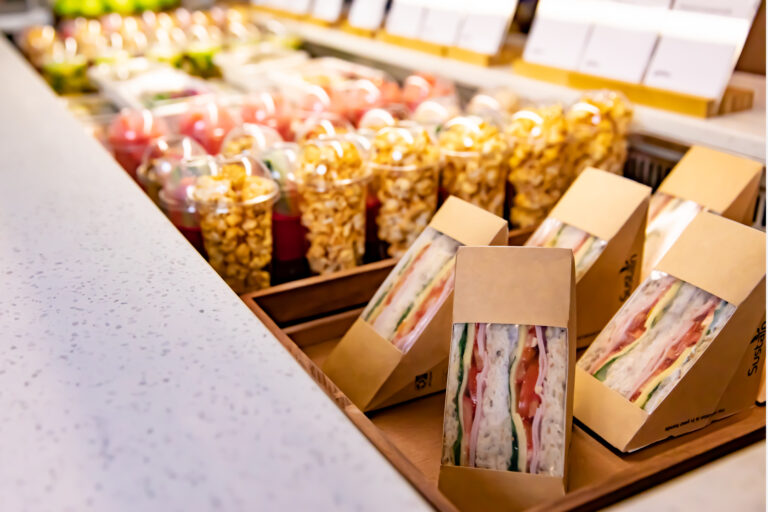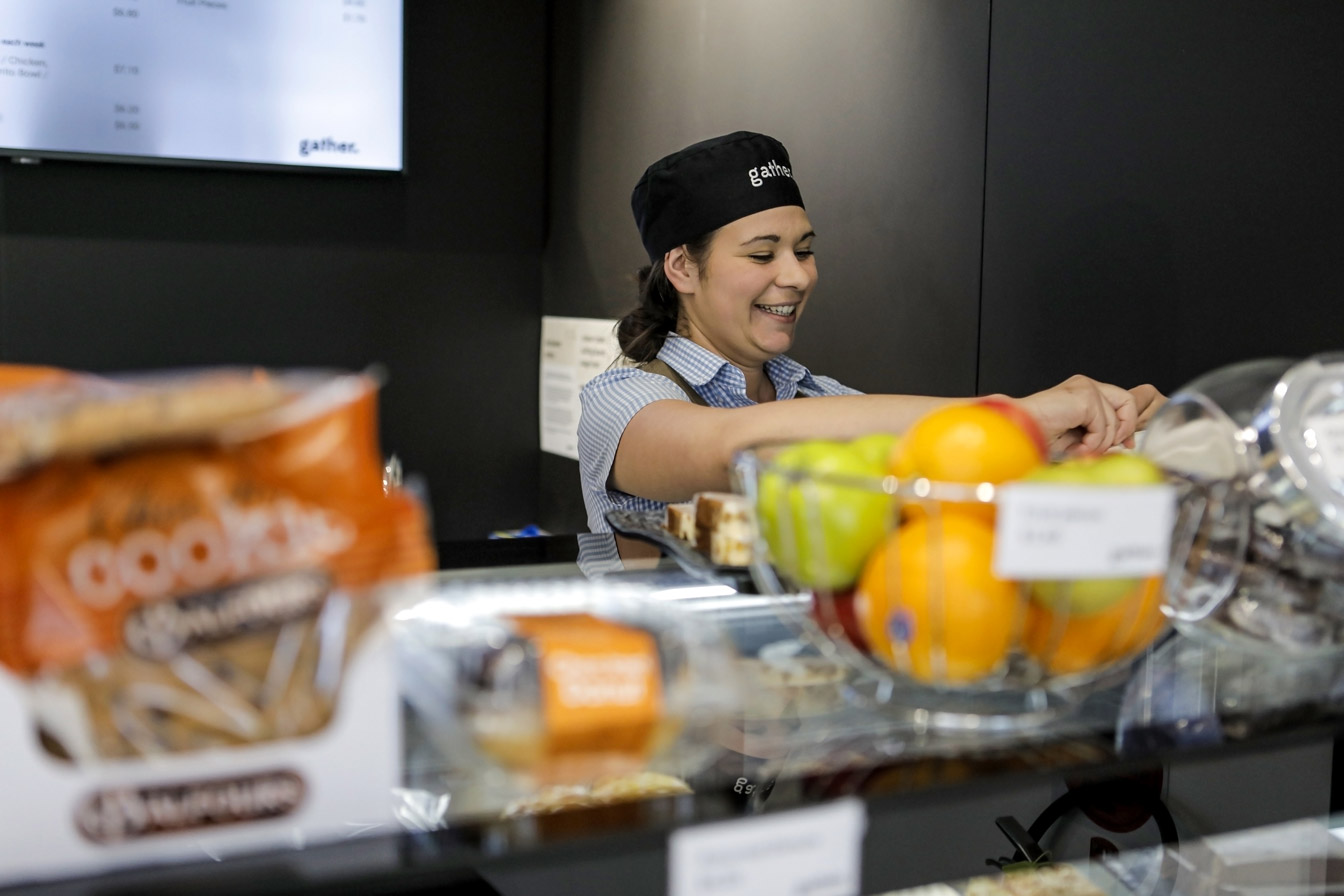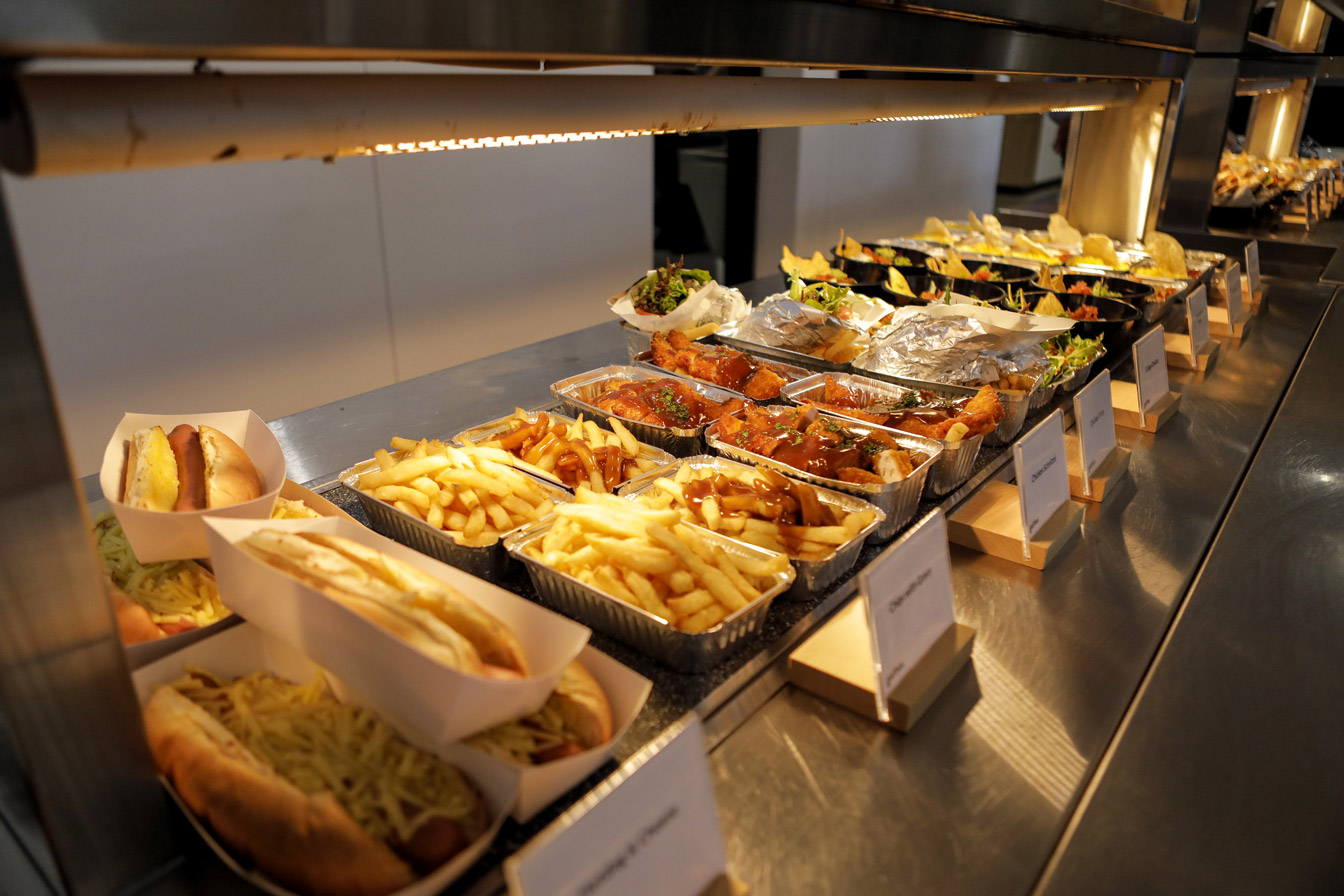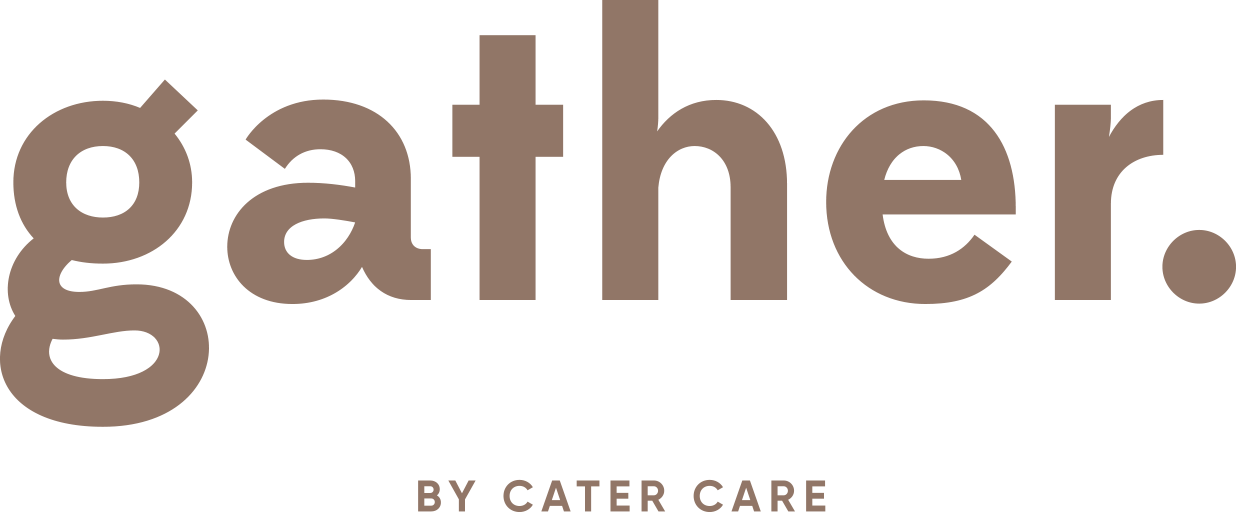A trend is defined as “a general direction in which something is developing or changing.” For the education sector, over the past two years we’ve witnessed major disruptions and massive change at every level. In today’s world our ability to adapt rapidly is the most significant trend of all.
Whilst pandemics and restrictions flipped the industry on its head, positive change has helped shape new initiatives especially around catering, culinary costs and more.
Forecasting and adaptation is such an important part of what the gather procurement and operational teams do everyday. Data is gathered, and scrutinised daily, because in order to thrive; emerging trends must be utilised to help shape future decisions. The following four trends are on the top of our team’s watch list.

The increasing cost of goods and services
Between March 2021-2022, headline inflation in Australia appears to have risen by a whopping 5.1% (Dubose, 2022). Additionally, the Australian Bureau of Statistics’ figures released in March 2022 show that food and non-alcoholic beverage costs went up by 4.3 per cent from March 2021 to March 2022 (ABS, 2022). Whether you’re looking after a household, a restaurant or a cohort of school and university students, you’re looking for better ways to cut costs without compromising on quality food.
We believe when students gather, wholesome food is the only option. Delivering on that promise means having solid plans to help mitigate the rising costs. If your educational facility is looking for options consider the following:
- Every community has an abundance of local suppliers you can build partnerships and procure from; not only does that combat high costs, but it creates a strong connection for your schooling community. Be consistent, be loyal and you’ll discover benefits flow both ways.
- Buy seasonal produce, so your average plate costs are kept to a minimum, without sacrificing flavour.
- Review and cut costs across other areas of your school or university where processes and costs might be streamlined, to help even out food and beverage price hikes.
- Talk to external providers about the successful options they’ve implemented. At gather, you’ll find our Client Development Manager, David O’Brien knowledgeable and supportive.
The adoption of emerging new tech
According to the Minister for Industry, Science and Technology’s industry report on ‘Australia’s Tech Future,’ the growth of technologies in Australia have the potential to, “help organisations work more efficiently, improve the bottom-line, better target consumer preferences through use of data, and deliver safer working environments (Department of Industry, Science and Resources, 2018).”
- Data powered dining
- Voice Artificial Intelligence for ordering
- The utilisation of blockchain for real time tracking of produce
- Cashless payments
- Emerging technologies such as Virtual Reality, and Augmented Reality to support learning within the classroom
The above examples are just the tip of the iceberg when it comes to the tech evolution within education globally.
Educational catering kitchens of the future will utilise Virtual Reality (VR) to support the training of staff, especially with risk and compliance related skills.
Processes such as ordering and tracking will all be powered by data, providing much needed efficiencies. Educational facilities will adapt apps and methods which help them ‘own’ the full customer experience for students, faculty and parents.
Giant leaps into technology within education catering are largely uncharted, but the most practical way to get ahead is to start researching with a plan in mind. You won’t solve it all in one session, so start small with these practical steps:
- Reach out to third parties and suppliers to discover the POS systems that are emerging in the industry.
- Consider the information you need access to in real time and how this information is currently collected. How could you eliminate paper from your administration?
- What are the current pain points your students, faculty and parents have with systems, such as placing food orders? What are the self-service options you want for the future? For example: Supporting busy families with nutritious meals as takeaways .

Empowering the student’s voice
In a room filled with Heads of Boarding, Principals, Business Managers and more, the voice that is emerging as the most powerful is the student’s voice. This voice has evolved over the decades from being a ‘tickbox’ consultation, to now a strong contribution to the governance of schools and universities on topics such as uniforms, sustainability practices, policies and catering.
Students are eager to understand why things are done as they are, and to be able to voice their views about change and to have those views not only heard, but actioned; they want to be part of those decisions (Vukovic, 2020). Not only that, but they have ever-changing tastes and palettes, and food sensitivities which need careful consideration. The customer experience is ‘King’ here, so the requirement for processes and systems which provide relevant data is more important than ever.
- Regular food forums with easy ratings and review options
- Faculty and Parent surveys
- Prospective student reviews and feedback loops
The collection and collation of the above areas, will give your school well-rounded and valuable insights which help to inform and build the foundations for the future. This collaboration with the students is what builds a community and trust-driven environment.
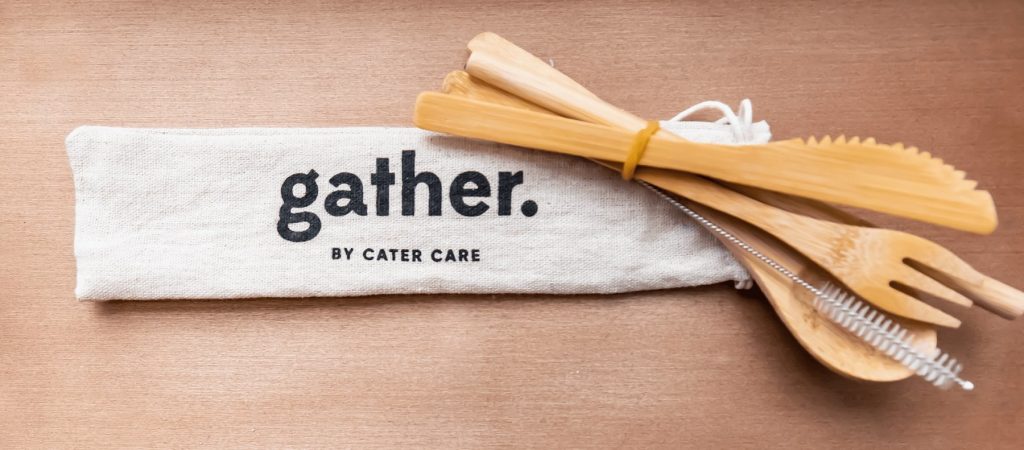
The elimination of plastic for a better world
The voice around reducing plastics is loud and clear. Organisations and institutions across the board have been working to find greener solutions. New research by Australia’s national science agency, CSIRO, shows Australian coastal plastic pollution has decreased by 29 per cent, and overall there’s a positive movement towards sustainability (CSIRO, 2022).
Schools and universities are moving to reduce plastic whether it be in the classroom, lecture space or more relevantly, the dining hall. Single use straws have been banned, single use plastic bags have been banned, and more biodegradable cutlery is now part of the procurement process. The change hasn’t been without its challenges; with the need for new suppliers, in some cases higher costs and user adoption.
To stay ahead of this trend a ‘green audit’ is a must. Simply put, checking what processes or products could be greener and more environmentally-friendly.
What are the things in your education site’s dining area which could be converted to a more sustainable option?
What parts of the back-of-house kitchen could be replaced with non-disposable items?
So there you have it, the four trends our Procurement and Operational team are watching, reviewing and adapting to on a daily basis. The education catering sector is a constantly moving landscape and it’s important to stay on top of them and keep ahead. Reach out to David O’Brien, the Client Manager – gather. for a chat to dive into these trends further.

